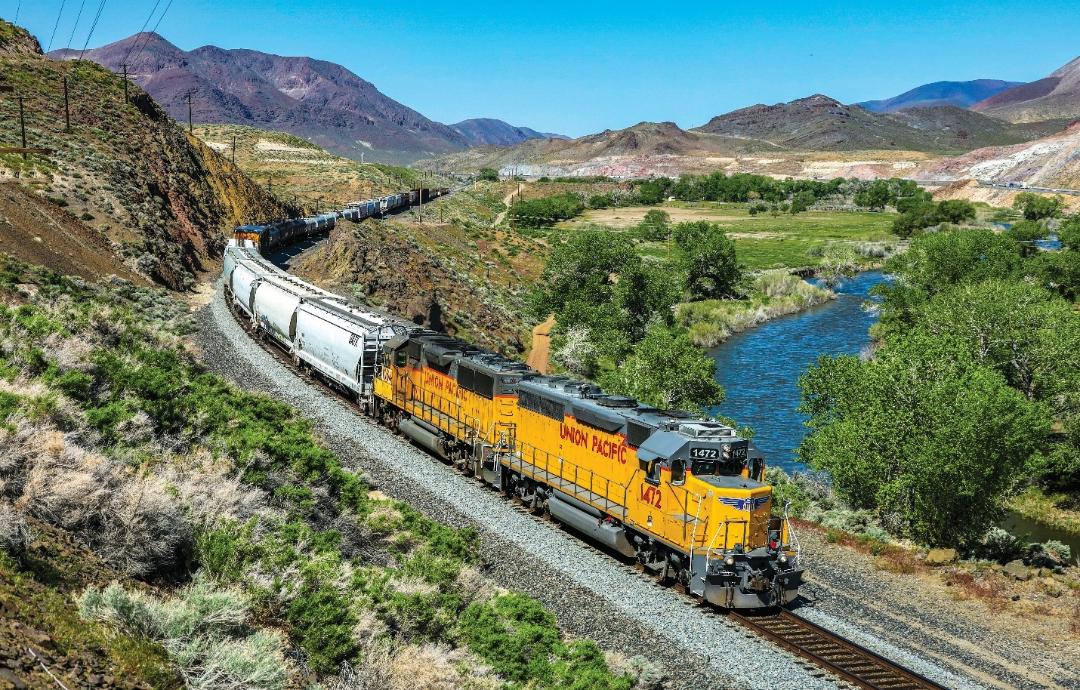Union Pacific Railroad's Sustainability Initiatives Driving Efficiency and Emissions Reduction
Key Ideas
- Union Pacific Railroad's shift to rail from trucks reduced highway traffic and helped businesses reduce their carbon footprint.
- Efforts like automatic locomotive shutdowns, hybrid locomotives, and hydrogen signal generators are driving fuel efficiency and emissions reduction.
- The railroad's focus on sustainability includes testing biofuels, implementing hybrid cranes, and enhancing the trucker experience at intermodal terminals.
- Collaborations with other railroads and locomotive manufacturers aim to expand the use of biofuels and renewable diesel in locomotives for further emissions reductions.
Union Pacific Railroad's initiatives to drive sustainability and efficiency have seen significant success in reducing fuel consumption and greenhouse gas (GHG) emissions. By shifting from trucks to trains, the railroad has not only decreased highway traffic but also helped businesses lower their carbon footprint. The company has implemented various projects like automatic locomotive shutdowns, regional intermodal terminals, hybrid locomotives, hybrid cranes, hydrogen signal generators, and biofuel utilization to enhance fuel efficiency and environmental sustainability. These efforts have led to significant GHG emission reductions and improved operational efficiency. Moreover, collaborations with other railroads and locomotive manufacturers are paving the way for increased utilization of biofuels and renewable diesel in locomotives, with recent certification for blends up to 50% renewable diesel and 11% biofuel. The continuous focus on innovation and sustainability by Union Pacific Railroad showcases a commitment to building a more eco-friendly future in the transportation industry.
Topics
Fuel Cells
Renewable Energy
Technology
Sustainability
Efficiency
Biofuels
Carbon Footprint
Rail Transportation
Intermodal Terminals
Latest News
